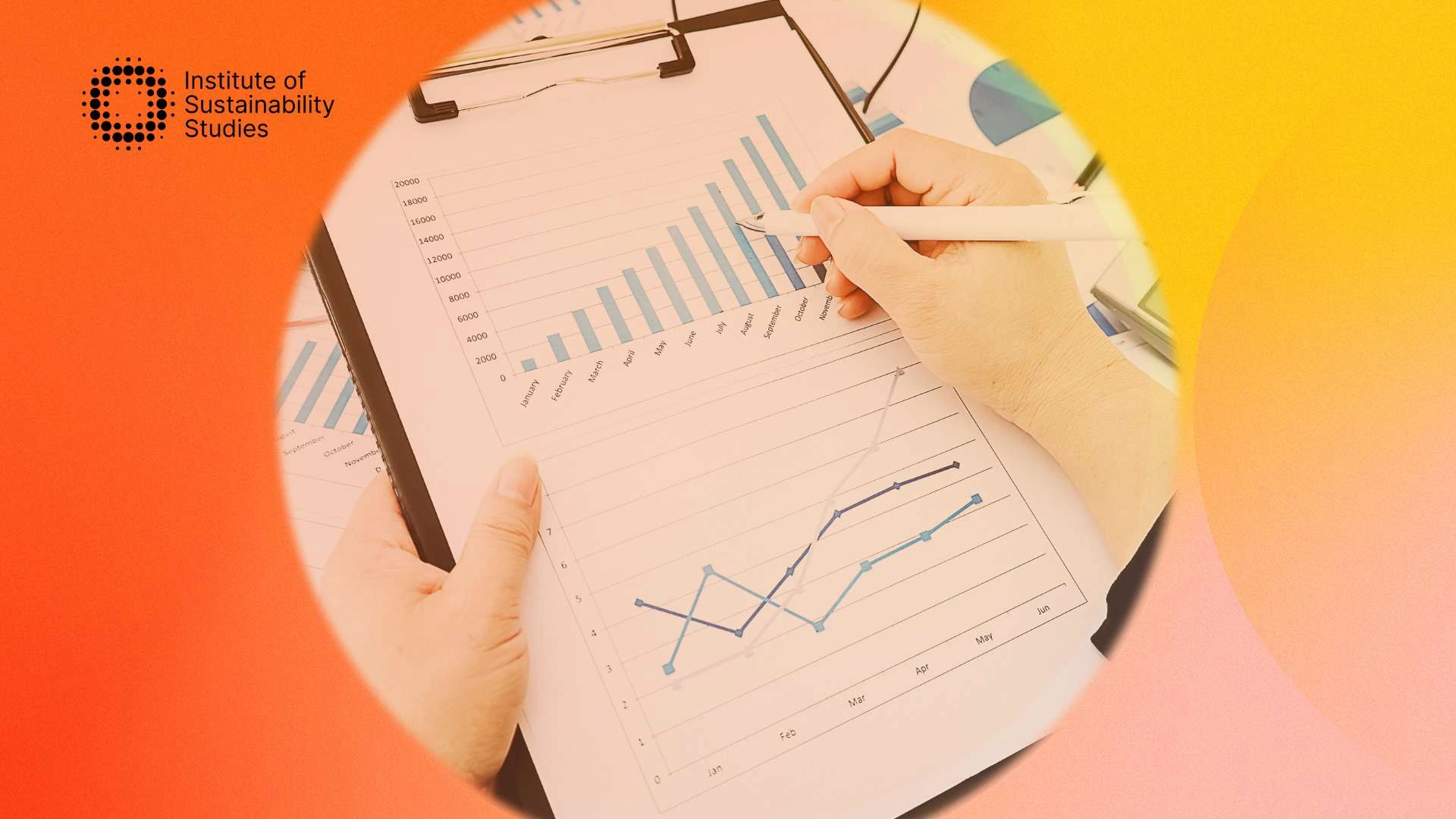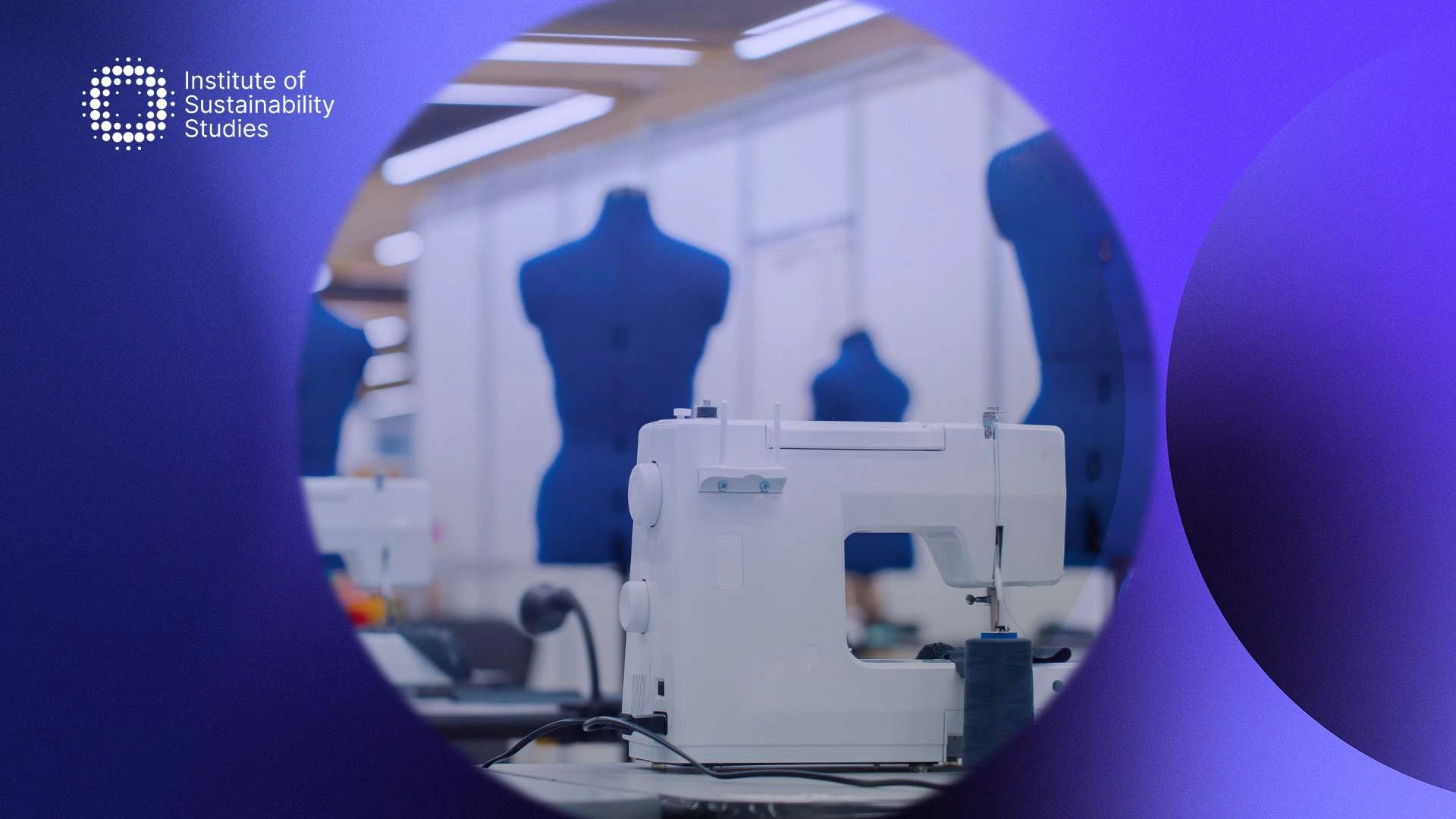The world faces the dual crises of resource depletion and climate change and the circular bioeconomy emerges as a transformative solution. By integrating business sustainability principles with biological resources, this economic model aims to reduce waste, regenerate ecosystems, and create value across industries.
From sustainable agriculture to advanced bio-based products, the circular bioeconomy provides a pathway to minimise environmental impact while unlocking new economic opportunities. Continue reading as we delve into how the circular bioeconomy works and highlight innovative applications of it.
What is circular bioeconomy?
The circular bioeconomy is an economic system that integrates principles of circularity and sustainability with biological resources. It aims to drive innovation, reduce waste, and support environmental regeneration. A circular bioeconomy uses renewable biological materials (such as plants, forestry products, agricultural waste, and marine biomass) to maximise their value while minimising environmental impact.
How the circular bioeconomy works
Below is a step-by-step process of how the circular bioeconomy works.
Step 1: Sustainable production of biomass
The process begins with sustainably managing biological resources, such as crops, forests, marine materials, and organic waste. Through regenerative agriculture, responsible forestry, and sustainable aquaculture, these resources are cultivated or harvested in ways that maintain ecological balance and allow for renewal. For example, crop residues and forestry by-products that might otherwise go unused can serve as raw materials for bio-based industries.
Step 2: Resource utilisation and waste reduction
The circular bioeconomy maximises using every part of biological materials to reduce waste. Resources are processed into food, bio-based products, energy, and more. By-products and waste are not discarded but reintegrated into the production cycle. For example, food waste can be converted into bioenergy or fertiliser, while forestry residues can be used to produce bioplastics or biofuels. This closed-loop system ensures that resources are continually cycled back into use.
Step 3: Technological innovation and bio-based solutions
Biotechnology, bio-refining, and industrial innovation are central to transforming biomass into valuable products. These solutions include biofuels, biochemicals, biodegradable packaging, and bio-based textiles. All of these solutions offer sustainable alternatives to fossil fuel-based products. For example, algae can be used to produce biofuels, while agricultural residues can be converted into bioplastics or high-value chemicals.
Step 4: Industrial symbiosis and collaboration
The circular bioeconomy encourages collaboration across industries to ensure maximum efficiency. Waste or by-products from one sector are used as inputs for another, creating an interconnected and resource-efficient system. For instance, agricultural waste can be used in bioenergy production, while food processing industries may supply organic waste for compost or biogas production.
Step 5: Regeneration and carbon sequestration
A crucial aspect of the circular bioeconomy is its ability to regenerate natural systems and sequester carbon. Practices such as afforestation, reforestation, and improved soil management absorb atmospheric carbon dioxide, restore ecosystems and improve soil fertility. These regenerative efforts enhance biodiversity and strengthen the planet’s resilience to climate change.
Step 6: Value creation and economic opportunities
By utilising bio-based materials and technologies, businesses and communities can unlock economic opportunities while protecting the environment. Bio-based products offer a competitive advantage as consumers and industries shift toward sustainable solutions. Additionally, circular practices create new jobs in sectors like bioenergy, sustainable agriculture, and biotechnology.
Innovative applications of the circular bioeconomy
The circular bioeconomy leverages biological resources and circular economy principles to deliver sustainable solutions across industries.
Bio-based materials and packaging
Traditional plastics and packaging materials derived from fossil fuels are being replaced with bio-based alternatives. For example:
- Bioplastics: Made from renewable feedstocks like corn starch, sugarcane, or algae, bioplastics are biodegradable or compostable. Companies like NatureWorks are producing polylactic acid (PLA) bioplastic for packaging. This is enabling them to reduce waste and reliance on petrochemicals.
- Mushroom-based packaging: Mycelium, the root structure of fungi, is being used to create biodegradable packaging as a sustainable alternative to polystyrene foam.
Waste-to-energy solutions
Organic waste, including agricultural residues, food waste, and forestry by-products, is converted into renewable energy sources:
- Biogas production: Anaerobic digestion processes organic matter to produce biogas, which can replace fossil fuels for electricity and heating.
- Biofuels: Innovations in biofuel production allow lignocellulosic biomass, such as crop residues and wood waste, to be converted into bioethanol or biodiesel. Companies like Neste are leading in biofuel production, reducing carbon emissions in transport.
Circular textiles and biofabrication
The textile industry is transforming by adopting bio-based inputs and circular production models:
- Biofabricated textiles: Materials like lab-grown leather from mycelium or algae-based fibres replace resource-intensive fabrics. These textiles are sustainable, biodegradable, and cruelty-free.
- Textile recycling: Waste garments and textiles are recycled into new fibres, reducing landfilling and resource depletion. Technologies like chemical recycling ensure textiles can be reused multiple times.
Circular aquaculture and marine resources
The circular bioeconomy supports sustainable aquaculture and marine resource management:
- Algae-based solutions: Algae is being used to produce biofuels, bioplastics, animal feed, and nutraceuticals like omega-3 fatty acids. Algae farms also absorb CO₂, improving carbon balance.
- Fish waste utilisation: By-products from fish processing are being turned into biofertilisers, fish oil supplements, or even biopolymers, reducing waste and creating added value.
Smart forestry and bio-based construction
The construction industry is adopting bio-based materials to reduce environmental impacts:
- Mass timber: Cross-laminated timber (CLT) and engineered wood products replace concrete and steel, lowering emissions in construction. These materials are sourced from sustainably managed forests.
- Bamboo infrastructure: Bamboo’s rapid growth and durability make it a sustainable material for eco-friendly housing and infrastructure.
Conclusion
By maximising the value of biological resources, the circular bioeconomy reduces waste and fosters innovation. It does this while addressing pressing environmental challenges and creating economic opportunities across sectors.
From bio-based packaging and renewable energy to sustainable textiles and smart forestry, the circular bioeconomy showcases the power of nature and technology working in harmony. Embracing this model will be key to building a future where growth aligns with environmental regeneration and societal well-being.
Dedicated to harnessing the power of storytelling to raise awareness, demystify, and drive behavioural change, Bronagh works as the Communications & Content Manager at the Institute of Sustainability Studies. Alongside her work with ISS, Bronagh contributes articles to several news media publications on sustainability and mental health.
- Bronagh Loughlinhttps://instituteofsustainabilitystudies.com/insights/author/bronagh/
- Bronagh Loughlinhttps://instituteofsustainabilitystudies.com/insights/author/bronagh/
- Bronagh Loughlinhttps://instituteofsustainabilitystudies.com/insights/author/bronagh/
- Bronagh Loughlinhttps://instituteofsustainabilitystudies.com/insights/author/bronagh/










